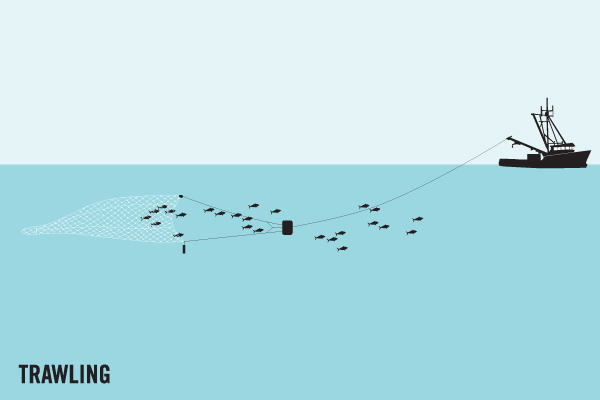Average Weight/Length
Traditionally seen in many sizes from a few pounds to 500 pounds. Reported to reach half a ton. The really huge fish are rare anymore, but slowly returning. World Record is 680 pounds.
Other "Popular" Names for this Fish
Spotted Jewfish, Great Grouper, Guasa Mero
Location Habitat
Juveniles to around 100 pounds frequent mangrove creeks and bays of Southwest Florida, especially the Ten Thousand Islands and Everglades National Park. Adults can be found at a variety of depths, from holes and channels of coastal waters out to offshore ledges and reefs; also around pilings of bridges and under deepwater docks and piers. A solitary species occurring in shallow, inshore areas. Found on rock, coral, or mud bottoms. Juveniles found in mangrove areas and brackish estuaries. Large adults may be found in estuaries. Adults appear to occupy limited home ranges with little inter-reef movement. Feeds primarily on crustaceans, particularly spiny lobsters as well as turtles and fishes, including stingrays. Territorial near it's refuge cave or wreck where it may show a threat display with open mouth and quivering body. Larger individuals have been known to stalk and attempt to eat divers. Over-fished, primarily by spear fishing. Marketed fresh and salted. Meat is of excellent quality. Important game fish. Reported to reach weights of more than 315 kg
Biology & Physical Description
This is by far the largest of the Groupers, but at any size, there's no mistaking a Jewfish. Juveniles are brilliantly marked with a series of irregular dark brown bars against a light brown or gray background, extending from head to tail. Numerous black spots are usually present as well on head, sides and fins. Adults have the same pattern but in more subdued shades of brown that are not so brilliantly contrasted. The tail is round, as are the posterior, dorsal, anal and pectoral fins. Dorsal spines (total): 11; Dorsal soft rays (total): 15-16; Anal spines: 3; Anal soft rays: 8. Distinguished by the following characteristics: brownish yellow, grey or greenish body color; head and dorsal part of body and fins with small black spots; body robust and elongate; body depth contained 2.7-3.4 times in SL; HL 2.3-2.9 in SL; extremely broad head; flat interorbital; rounded preopercle, finely serrate; round nostrils, subequal; maxilla scaly, reaching well past eye; 3-5 rows of subequal teeth on midlateral part of lower jaw; absence of canines at front jaw; further characterized by having opercle with 3 flat spines, middle one the largest. Pelvic fins smaller than the pectorals. Bases of soft dorsal and anal fins covered with scales and thick skin. Juveniles tawny with irregular vertical bands.
Geographic Species Map (Fishbase.org Map)
|
|

|
Summary of Distribution: Western Atlantic: Florida, USA to southern Brazil, including the Gulf of Mexico and the Caribbean. Eastern Atlantic: Senegal to Congo; rare in Canary Islands. Eastern Pacific (Gulf of California to Peru) species refers to Epinephelus quinquefasciatus. Discrete populations of E. itajara exist in the western Atlantic |
|
Note: Distribution range colors indicate degree of suitability of habitat which can be interpreted as probabilities of occurrence (fishbase.org) |
|
Sport Fishing Techniques
|
|
Kite Fishing (Rig)A Kite Fishing Rig is.... |
|
|
|
River DriftRiver Drift means to use the.... |
|
|
|
TrawlingTrawling is when.... |
|
Tackle & Baits
Baitcasting, spinning and even fly tackle make acceptable matchups for the inshore fish, which will and often do hit the full range of lures and flies that are used by Snook casters. Again, though, it takes all the muscle you and your tackle can come up with to battle Jewfish of 100 pounds or more. Best natural baits are live Snapper, live Jack and live Catfish inshore; live or dead large fish for offshore giants including Bonito and Amberjack up to 15 pounds or more.
Game Rating
Game Rating : 9/10
Game Description :
Inshore juveniles are great battlers. Some very big ones have been caught on very light lines in shallow water after being coaxed away from obstructions, but the giant Jewfish around deep wrecks defy the heaviest sporting tackle.
Food Rating
Game Rating : 8/10
Game Description :
Small ones excellent and big ones darn good which was the main reason for their precipitous decline and total closure in Florida in the 1980s.




















 Jewfish Grouper
Jewfish Grouper 

.jpg)


